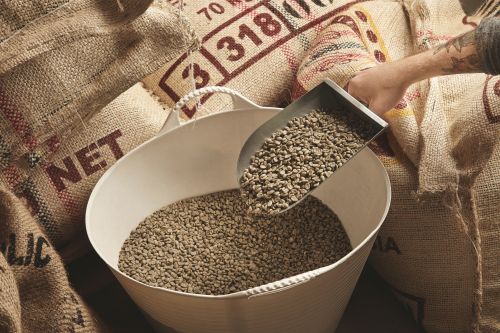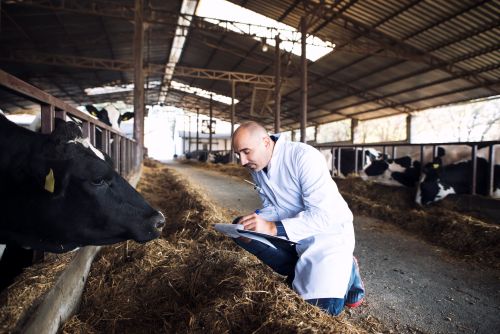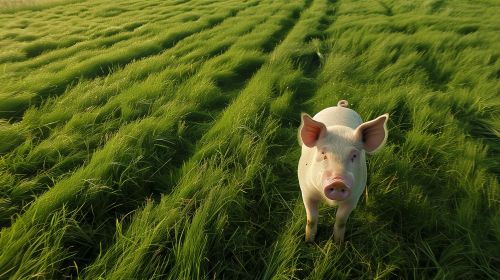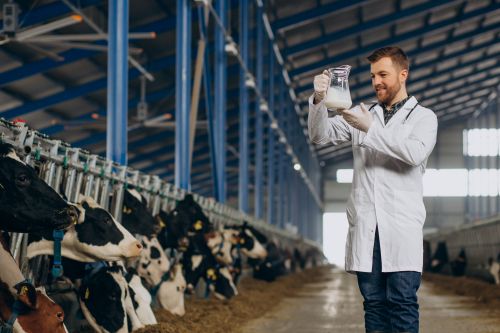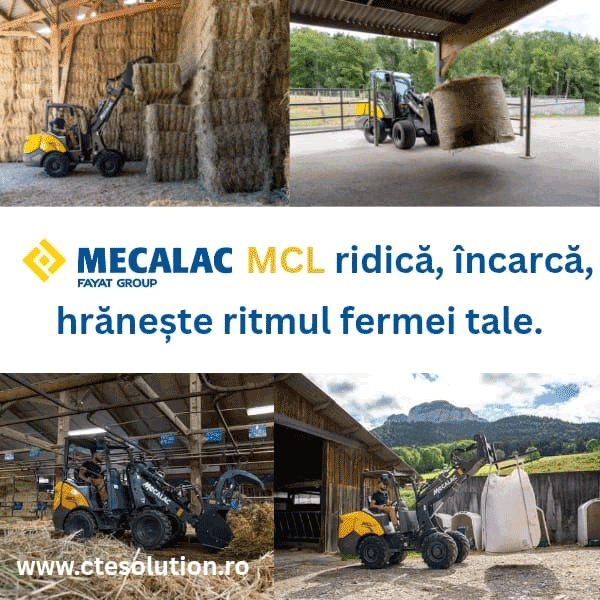409
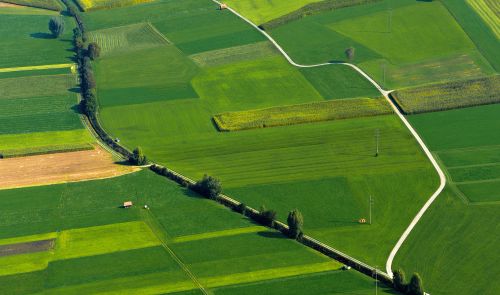
Romania is gradually aligning itself with the European objectives for reducing carbon emissions in agriculture, but the gaps compared to Western countries remain significant. According to Eurostat (2024), agriculture accounts for approximately 16% of Romania’s total greenhouse gas emissions, compared to the EU average of 10%.
To accelerate the transition, the Ministry of Agriculture and Rural Development (MADR) is implementing measures under the 2023–2027 National Strategic Plan (PNS) that promote low-emission agriculture—such as the use of compost, crop rotation, reduced use of chemical fertilizers, and the expansion of green areas. In 2024, more than 120,000 farmers applied for agri-environment and climate compensatory payments, according to APIA.
At the same time, AFIR is financing investments in renewable energy and green technologies—biogas, solar panels, and heat pumps—with a total allocation of €300 million by 2027. These investments directly contribute to reducing the carbon footprint and increasing the energy independence of farms.
According to the European Commission (DG AGRI), farms that implement sustainable agricultural systems reduce their total emissions by 25–30% and increase net profitability per hectare by up to 15%, thanks to resource optimization. The transition toward green farming is not merely a political requirement, but an opportunity for economic and reputational growth for Romania within the European market.
(Photo: Freepik)
